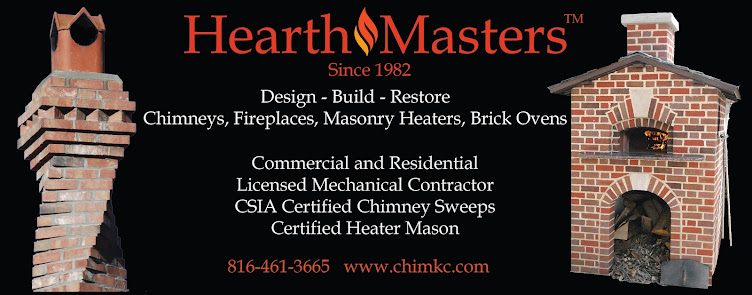Chimney fires occur during cold weather months when people use their chimneys. A chimney fire occurs when accumulated creosote in a flue or smoke chamber ignites from a spark.
All wood creates creosote - even dry hardwoods- so it is imperative that flues serving fireplaces or wood-burning stoves, or fireplace inserts are swept regularly to remove this flammable substance. The NFPA recommends sweeping once per year for fireplaces, and at least twice during the season for heating appliances (wood stoves or inserts). A house fire can occur if the fire in the chimney escapes the flue liner or if burning embers fly out of the top of the chimney onto the roof. (Asphalt roofs can catch fire as well as wood shingle roofs).
Most chimney fires are of short duration and go unnoticed by the homeowner - with damages usually found later during an inspection by a chimney sweep.
Signs of a chimney fire:
- Loud whooshing or roaring or freight train like sound
- Flames shooting out the top of the chimney
- Red glowing stove pipe
- Backup of smoke into the house
- Sudden poor draft
It is a good idea to keep a chimney fire extinguisher near your fireplace or wood stove and use it if you notice a chimney fire, then get out of the house and call the fire department immediately. Fire can spread to nearby combustibles and cause a house fire. Be sure to keep an eye out for smoke smell or flames even after the fire department is gone because interior wood framing could smolder for hours afterwards and ignite if it gets enough oxygen.
 |
| Blown out section of tile liner |
After the fire: Call your local professional chimney sweep to have a thorough inspection and any needed repairs completed before using the appliance again. Most chimneys are severely damaged on the interior during a chimney fire and should not be used until inspected by a qualified professional. Any breaks or blown out sections in flue tiles or warped or buckled seams in steel liners or chimneys can be a fire and Carbon Monoxide hazard.
For more information about Carbon Monoxide, visit COHeadquarters.com.
___________________________
The Chimney Lady, Marge Padgitt, is a veteran chimney professional, trainer, and author. She is the co-owner of HearthMasters chimney and fireplace service in Kansas City, Missouri. Contact her at office@chimkc.com.

